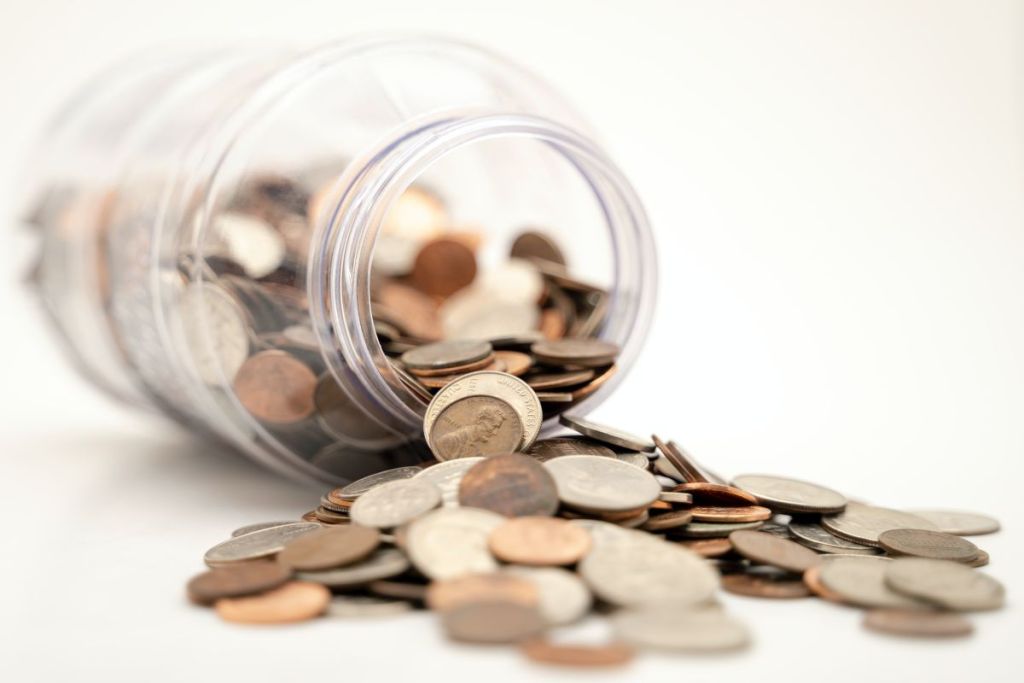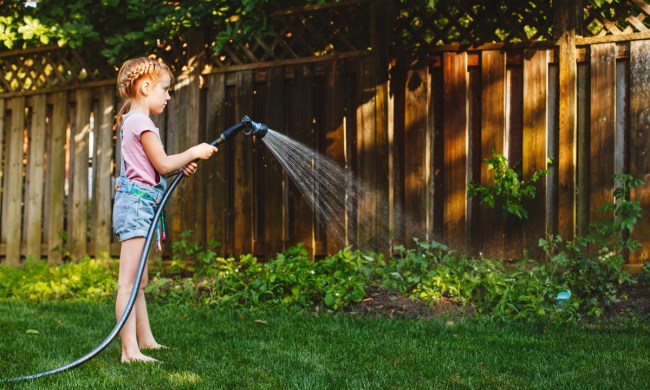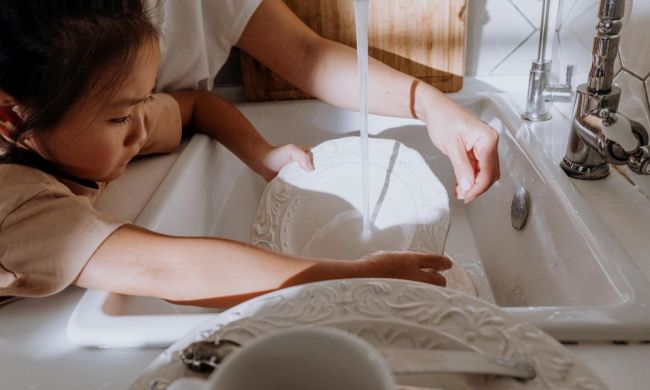Financial literacy is something that kids should be taught early in life so that they can grow up to be financially stable adults. Teaching kids about money begins at home with their parents. While kids typically want to spend their money, you want to be sure to encourage them to save hard-earned dollars from chores. Here are some great tips on how to teach your child about money management and why it’s important to save.
Have kids earn their money
It’s not a wise idea to give money to your child without having them do anything to earn it. Have a sit-down chat with them and ask them what kind of chores that they would like to do around the house. It can be anything from setting the table before dinner to emptying or filling the dishwasher. Make a list of chores they can do and set a price for what you are going to pay them for the work. They’ll have a lot more incentive to get their chores done if they know they’re earning cash in return.

Use a jar for a visual
While piggy banks are wonderful, their ceramic exterior hides the coins inside of the bank. That’s why it is a good idea to get a clear jar as a more visible way for your children to see how much they are saving. If you want to take it to the next level, you can get three different jars, one for saving, one for spending, and one for giving. When you give your child their allowance, let them know that they should put a little bit of money into each jar. That way, in one jar, their savings will accrue, the spending one is for when they want something, and the give jar is to pay it forward.
Set a savings goal
When we reach a goal, we feel really good about ourselves, and it’s the same for children. By talking to them and having them come up with a savings goal, they will work hard to reach it. Once they reach their goal for savings, you can increase the goal again, and they can continue to earn money in order to put into their jars. If they want to take money out of their spending jar, let them. But make sure to let them know that the savings jar is for just that, savings.
Open a bank account
When you believe that your child is mature enough for a bank account and you want to teach them responsibility, opening up an account is a good idea. Many actually offer student or child savings accounts, and some even with spending accounts, too, that are controlled by you. Some even offer a debit card so that your child can use it when they want to buy something.

Track spending
Tracking your child’s spending habits is a great way to teach them about where their money is going. Write down the amount in each jar that your child puts money in. Show this to your child so they can get a clear picture of whether they’re spending too much and need to be saving more. You can do this every weekend or whenever you give your child their allowance. If their savings jar isn’t filling up as quickly as they’d like or their spending jar is being emptied too quickly, they’ll know they need to adjust their spending habits.
Set an example
Children’s eyes are always watching their parents, so you have to be mindful about your own spending and saving habits as well. If your child sees you break out a credit card to make frivolous, unnecessary purchases, they may inadvertently learn that they can buy whatever they want, whenever they want instead of saving. The next time you’re tempted to make an impulse buy while out shopping with your child, resist the urge and explain to them the difference between wants and needs when it comes to spending money.
By following these tips, you’ll get on the path to helping your child attain financial literacy. They will understand money management better when they start to handle it themselves. From putting money into jars to opening their very own bank account, your child will get to experience the joy of earning their very own money through chores and saving it for something special.


